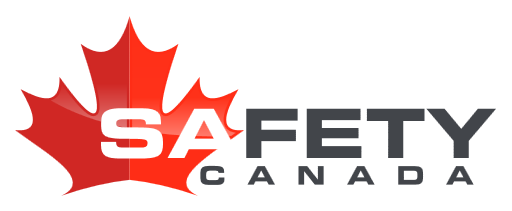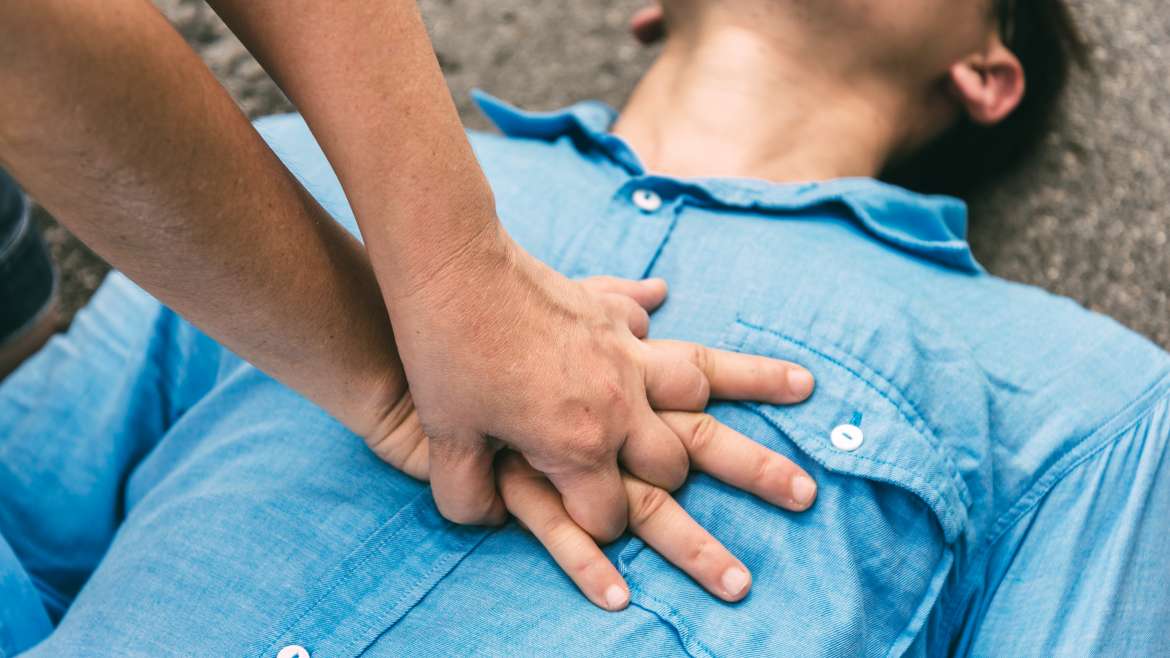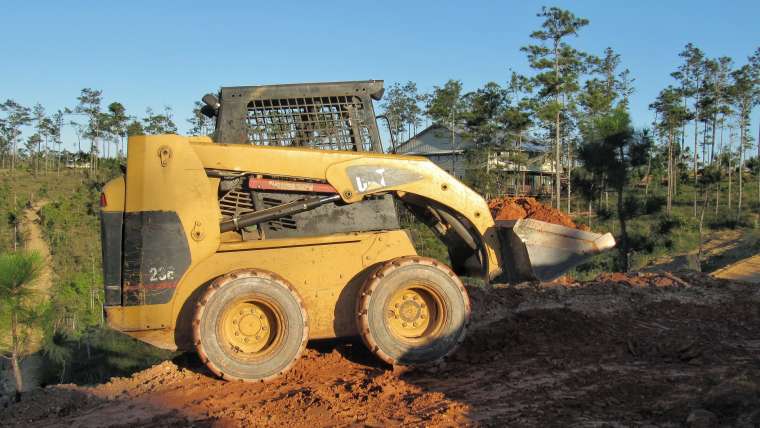CPR (cardio-pulmonary resuscitation) is the best way to help an unconscious, pulseless, and breathless person in their time of need. It is a skill that you should have, but hope to never use. Here is a quick guide and refresher on the steps needed to save a life.
- Check for a pulse – a pulse is best described as a contraction of arteries. The best place to check for a pulse on an unconscious person is in the neck (carotid artery). Place your pointer, and middle finger on either side of the windpipe, apply light pressure and pray you feel the banging of life’s rhythmic drum. Try it on yourself right now, it should be a steady thumping. A normal heartrate ranges between 60-100 beats per minute. Use music as a reference, if it feels like some one is jamming out to Eminem’s “Rap God”, that’s WAY too fast, call the pros! If it feels like you can hold a high note between beats, too slow, call the pros! If it feels like the record player stopped mid song… you guessed it, call the pros! Regrettably, you want most heart beats to be somewhere between Luke Bryans, “Knockin Boots” and “Rain Is a Good Thing.” Your ears might hate it, but your heart loves it!
- Call 9-1-1 – Always call the pros! As much as you want to help, this person does not need you. They need equipped, calm, and speedy professionals. It’s their best chance to making it home for dinner. Either delegate someone to call, or call them yourself, but this is your main job. Similarly, if a tree falls in a forest and nobody is around to hear it, does it make a sound? If a person falls from a heart attack, and nobody reports it, did you truly try to help them? Also, the people on the other end of that phone deal with this situation every day, they can lead a blind horse to water, and make it drink. Seriously, trust the pros. Call, remain calm, treat every word they say as gospel, and you will be well on your way to helping this downed person.
- Put the patient on a flat hard surface – Ever hear the expression, “if you’re going to do something half-ass, don’t do it at all”? This is that advise. It can be the most over-looked complication to effective CPR. Imagine laying on a trampoline and having someone pushing down on your chest. Do you think your thoughts would be, “OWE! They are hurting my chest!” or “WEE! I’m bouncing all over the place!” if you’re being honest with yourself, it’s the latter. Unfortunately, a mattress is essentially a trampoline in your home. You might want someone to be comfortable in their final moments, but if you give them CPR on a soft bed, it WILL be their final moments! Pull them down to the ground, its not rude, its life saving.
- Begin chest compressions – Landmarking is key, here are some ways to landmark where to put your hands. 1, locate the sternal notch, use one of the patient’s hand widths to measure down the sternum, and begin compressions proximal to the xiphoid process and distal to the sternal notch. Did you understand that? If no, don’t worry, you shouldn’t have. If yes, you are probably already a pro and the last place you should be refreshing your life saving career skills is on this blog. 2, Imagine where their nipples are, play a quick game of connect the dots, push down in between the two. Much easier to remember in an actual emergency. Interlock your fingers, use the heel of your hand to push down. Position yourself directly above the area you are compressing to avoid fatigue and to maximize effectiveness. The chest should compress 2” and recoil. The goal is to get about 100 compressions per minute, that’s about 8 compressions every 5 seconds. Try and make yourself comfortable, CPR is exhausting, but if done properly, is worth the sweat and cramps. Wait a minute… “what about mouth to mouth?!”. Unless you are comfortable with someone spitting in your mouth, forget it! Your job is to help someone, not get a cold soar being the best hero Romeo you can be. Chest compressions are more than enough until the pros show up.
- Stay calm! Switch when needed – CPR is scary to most people, but is much scarier to the person needing it, then it is to you. Understand, it’s not your emergency, it’s theirs. It’s ok to be scared but breathe. The calmer you are, the more focused you are, the more effective your compressions will be, the better chance the downed person gets to shake your hand and thank you. Always remember the golden rule, CALL THE PROS! If you can handle doing compressions, that’s awesome, but don’t become a victim helping a victim. Know your limitations. The patient will never benefit from lacking chest compressions and improper form. Don’t be a hero, be a team player and switch with others around you if you can. Watch others for fatigue and don’t be afraid to take a break if you need.
This is by no means a replacement for a CPR course, more of a friendly reminder of some of the more important points you may have forgotten. The best way to prepare for an emergency is to take a certified course at your local community center or college. There are also some materials online that can really help you brush up on the skills needed to save lives. The “AED/CPR Awareness Course” is a terrific, in depth guide to prepare yourself for emergencies of this nature.




